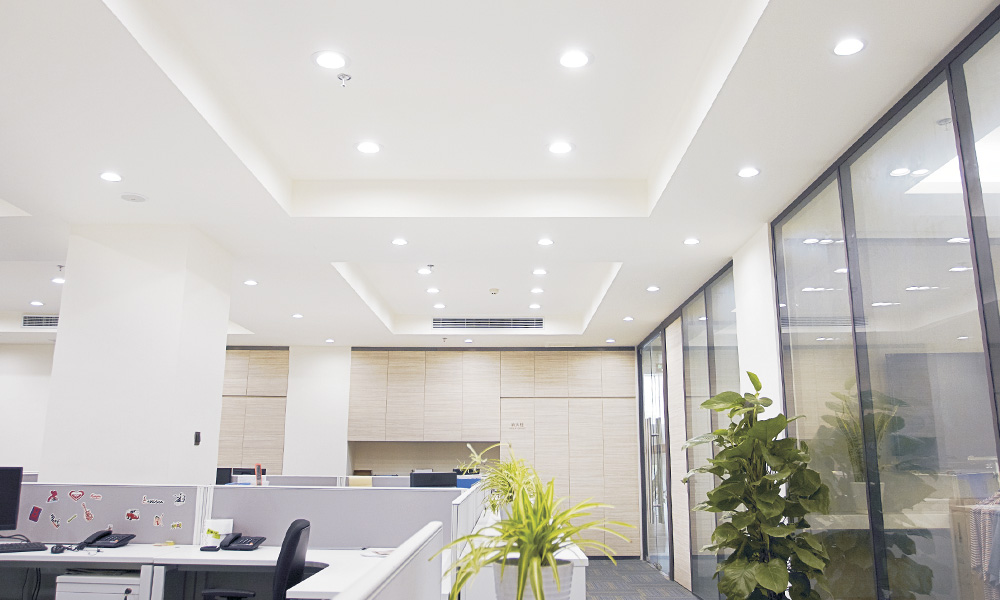Lighting technology has come a long way, and LED lighting is now one of the most common and efficient options available. From homes to commercial spaces, LEDs are used widely because they combine versatility, durability, and energy savings. This guide will help you understand two key LED products: LED strip lights and LED modules. Knowing their differences, uses, and how they’re produced can help you make better choices for your projects or general knowledge.
What Are LED Strip Lights?
LED strip lights are flexible circuit boards with small light-emitting diodes evenly spaced along their length. These strips can be cut to size and easily installed, making them a favorite for decorative and functional lighting. You often find them under kitchen cabinets, along staircases, or as accent lighting in rooms.
When it comes to manufacturing, a led strip lights factory plays an essential role. These factories carefully assemble the strips, soldering LEDs onto flexible boards and ensuring that every product meets safety and quality standards. They also offer variations in color, brightness, and waterproofing to match different lighting needs.
Exploring the LED Strip Lights Factory Environment
Inside a led strip lights factory, strict quality control is key. The manufacturing process includes sourcing materials, assembling components, applying protective coatings, and thorough testing. Custom orders are common, allowing clients to specify strip length, color temperature, and other features.
This level of customization and quality management makes LED strip lights suitable for many applications from subtle home lighting to more demanding commercial installations.
What is an LED Module?
Unlike strip lights, an led module is a small, rigid unit that includes several LEDs and an integrated driver circuit. These modules provide concentrated light and are often used in signage, display lighting, or places needing precise, powerful illumination.
Their compact size makes LED modules ideal for areas with limited space or where individual light sources are required. They can be arranged in various patterns, offering more control over lighting design compared to continuous strips.
Technical Aspects of LED Modules
An LED module’s design includes multiple LEDs, a circuit board, and a power driver to maintain steady brightness and reliable performance. Considerations like energy efficiency, heat management, and durability are important in module manufacturing.
Compared to strip lights, LED modules typically offer stronger, more consistent light output and come in versions designed for outdoor use, thanks to features like waterproofing and dust resistance.
Comparing LED Strip Lights and LED Modules
Both LED strip lights and LED modules have distinct advantages depending on the application. Strip lights excel in flexibility perfect for wrapping around corners or fitting unconventional shapes. They work well for decorative or ambient lighting where continuous, even illumination is desired.
On the other hand, LED modules are better for intense, focused lighting applications such as signs or task lighting. They often require mounting hardware, whereas strip lights usually have adhesive backing for easier installation.
Sustainability and Energy Efficiency in LED Products
One of the biggest benefits of LED strip lights and LED modules is their energy efficiency. LEDs consume far less electricity than traditional bulbs, leading to cost savings and less environmental impact.
Factories producing these LED products increasingly adopt sustainable manufacturing methods, including recycling materials and reducing waste, aligning with growing demand for eco-friendly lighting solutions.
Conclusion
LED strip lights and LED modules are versatile options that serve different lighting needs. Whether you need flexible strips for ambient effects or modules for focused illumination, understanding their features and production helps make smarter choices. Both contribute to energy-efficient and sustainable lighting solutions that suit various settings from residential spaces to commercial environments.

